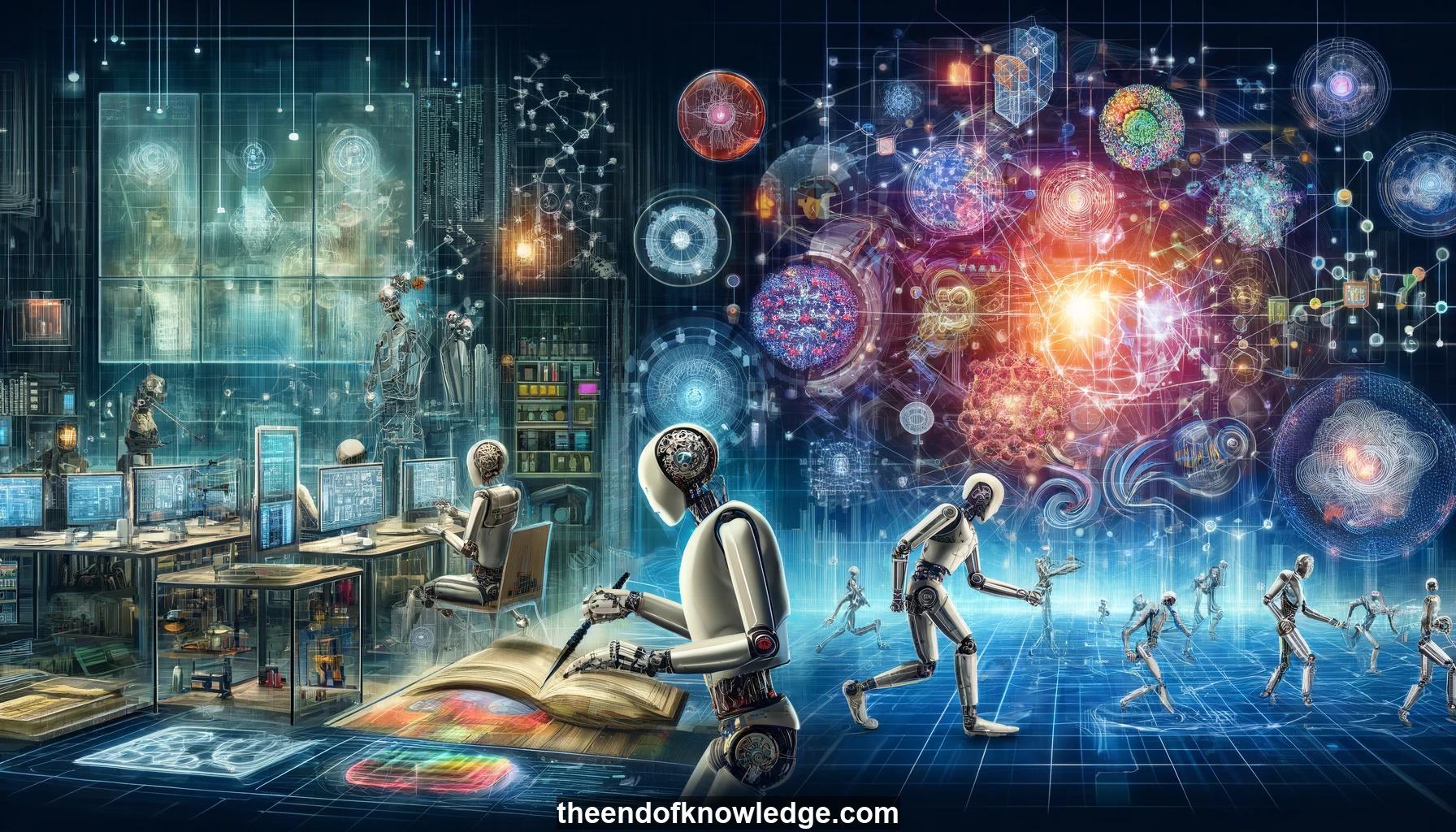 >
>
Concept Graph & Resume using Claude 3.5 Sonnet | Chat GPT4o | Llama 3:
Resume:
1.- Chelsea Finn discusses building agents that can learn generalizable skills in real-world settings using robots.
2.- Robots face real-world complexities and building intelligent robots can solve important problems like generalization and self-supervised learning.
3.- Training agents on broad data, including self-supervised and weakly supervised data, leads to better generalization than focusing on specific datasets.
4.- Data scalability has a bigger impact on generalization than algorithm changes, so we should build algorithms that can handle scalable data collection.
5.- Self-supervised learning is important for enabling agents to propose their own tasks and goals and measure progress towards those goals.
6.- Meta-learning aims to learn representations that enable fast learning from small datasets by training on many small dataset tasks.
7.- Designing broad task distributions for meta-learning is challenging, so enabling agents to propose their own tasks from unlabeled data is valuable.
8.- Unsupervised meta-learning proposes tasks by clustering embeddings from unsupervised learning and meta-learns on those tasks to improve few-shot learning.
9.- This unsupervised meta-learning approach (CACTUS) improves downstream few-shot classification accuracy on mini-ImageNet compared to unsupervised learning alone.
10.- Unsupervised meta-reinforcement learning accelerates learning of new tasks in an environment by proposing tasks through random or diversity-driven approaches.
11.- An improved unsupervised meta-RL approach alternates between fitting a generative model to skills and meta-training to maximize mutual information.
12.- This closes the loop between task proposal and meta-learning, enables density-based exploration, and scales to visual observations.
13.- For visual goal reaching tasks, pixel distance, VAE distance, and inverse models struggle to capture the right representation.
14.- A new approach, distributional planning networks (DPN), uses trajectory optimization in a learned representation to acquire goal metrics through autonomous interaction.
15.- DPN is able to learn successful goal distance metrics for simulated reaching, rope manipulation, pushing and real-world tasks.
16.- Incorporating a small amount of supervision by training a classifier and actively querying for labels can further improve the learned metric.
17.- This enables efficiently learning policies for real-world pushing and cloth draping tasks from raw pixels through reinforcement learning.
18.- Two key elements of self-supervised learning are enabling agents to propose their own tasks/goals and to measure progress towards goals.
19.- Unsupervised task proposals and unsupervised goal metrics acquired through interaction are promising approaches for self-supervised learning.
20.- Combinations of unsupervised learning, task proposals, and meta-learning can improve generalization and few-shot learning.
21.- Enabling agents to construct their own task curricula helps scale meta-learning to broader task distributions without manual task design.
22.- Reward functions can be learned from raw pixels for challenging deformable object manipulation tasks.
23.- Robots provide a platform to study artificial intelligence that must handle real-world complexities and generalize broadly.
24.- Self-supervised and weakly-supervised data is key for training agents that can generalize as the real world requires.
25.- Learned goal metrics outperform standard approaches like pixel distance, VAEs, and inverse models for visual goal reaching.
26.- Learning through autonomous interaction, with minimal human supervision, is a promising path to agents that can generalize.
27.- Incorporating unsupervised learning, curriculum proposals, and meta-learning improves sample efficiency for real robots learning from raw pixels.
28.- Unsupervised pre-training may not always capture all semantically relevant aspects, but can still greatly accelerate downstream supervised learning.
29.- Combining multiple unsupervised learning methods did not show benefits over using the single method most aligned with the downstream tasks.
30.- Embedding planning and reinforcement learning in representation learning enables agents to acquire goal reaching behaviors with minimal supervision.
Knowledge Vault built byDavid Vivancos 2024